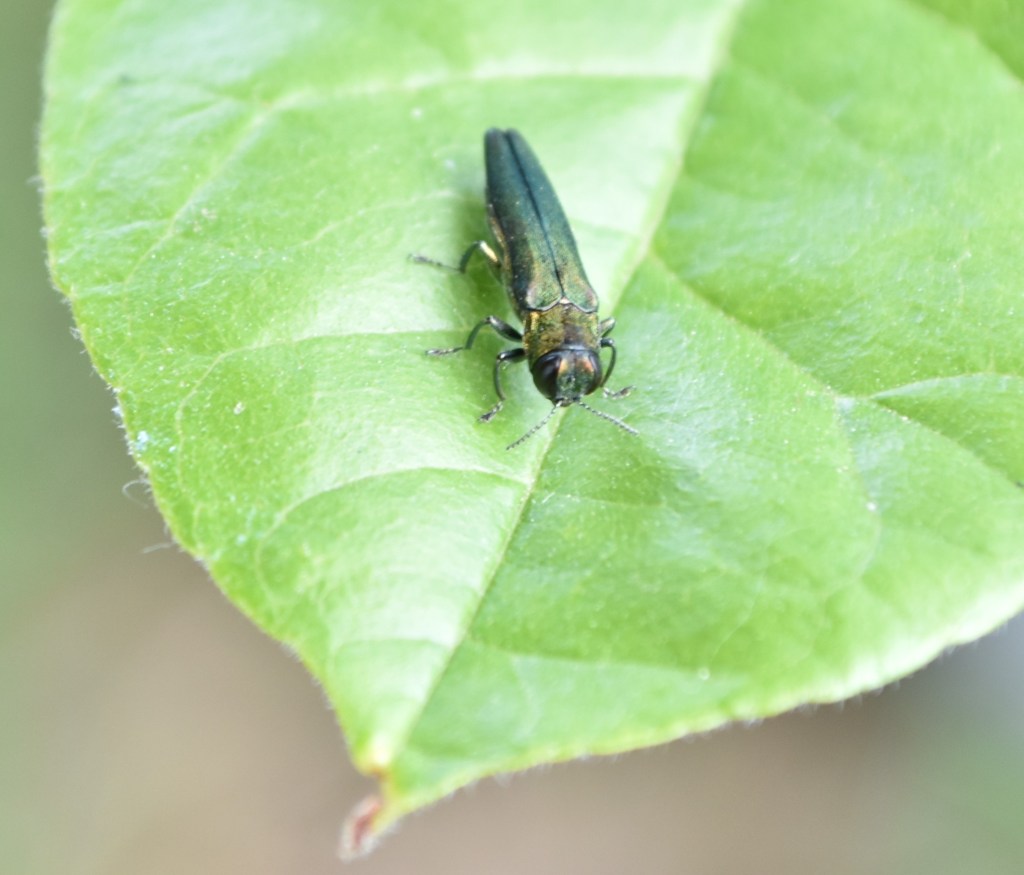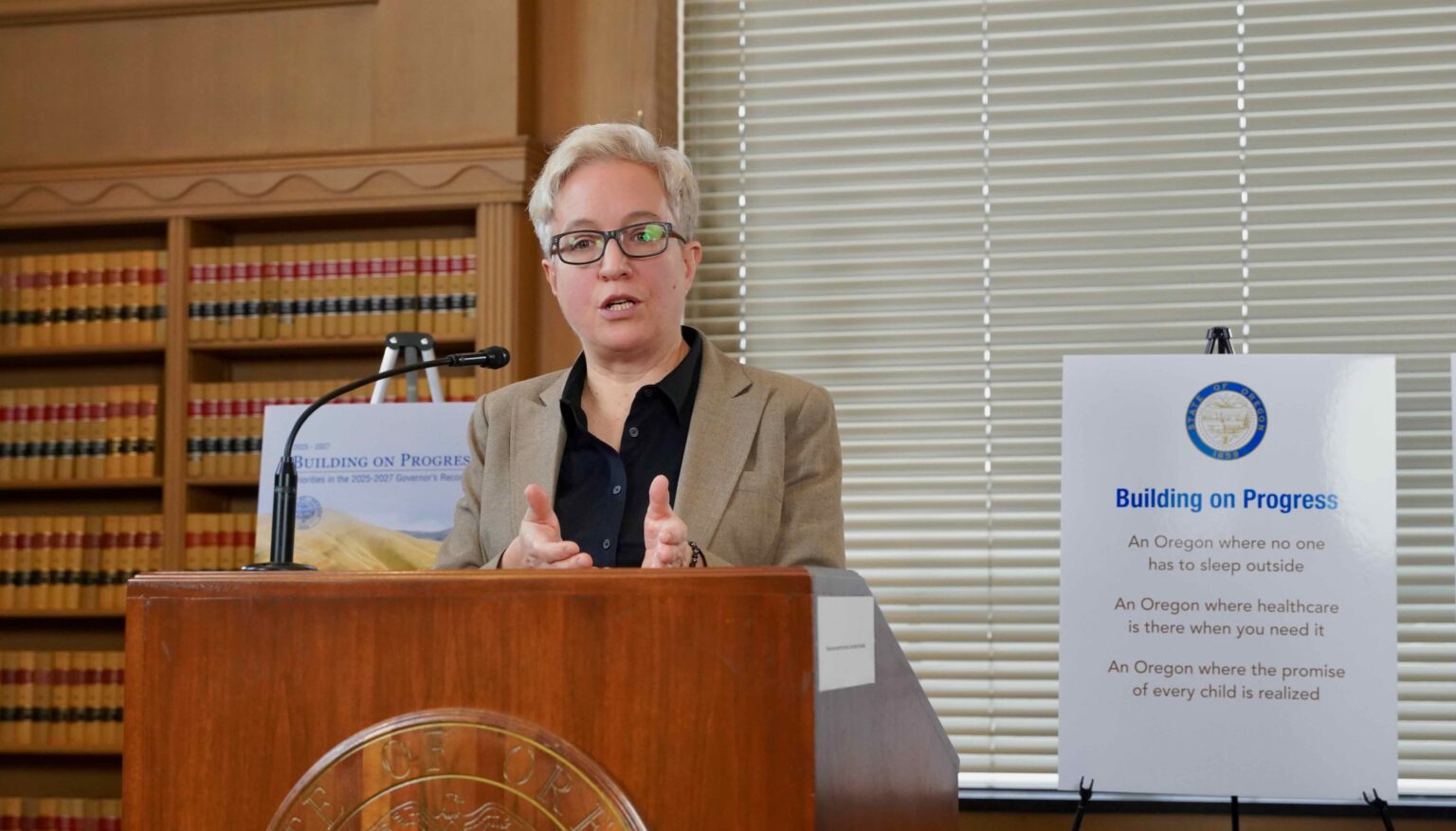Columbia County is at risk of an emerald ash borer infestation. Here’s what you can do.
Published 9:26 am Tuesday, July 15, 2025

- The invasive emerald ash borer poses a significant risk to Columbia County's ash trees. (Courtesy of Tualatin Soil Water and Conservation District)
The majority of dreaded emerald ash borers, invasive pests that feed on ash trees, emerge in July — and Columbia County is at risk of infestation.
Scientists with the Oregon Department of Forestry and the Oregon Department of Agriculture consider parts of Columbia County to be at “very high risk” of infestation by emerald ash borers.
The first case of emerald ash borers in Oregon was confirmed in Forest Grove in 2022. So far, the insect has only been found in parts of Washington, Clackamas, Marion and Yamhill counties, which are under quarantine to prevent the spread. But the emerald ash borer’s ability to infest trees years before detection makes it difficult to catch the problem before it’s gotten out of control.
Trending
“We actually think that the Forest Grove infestation is now maybe eight years old or so,” Kat Bethea, an emerald ash borer specialist with ODF, said. “We do think it existed prior to our discovery.”
Small, but destructive
These pests may be small, but the damage they can inflict on local forests is anything but.
Emerald ash borers live just below a tree’s bark within a vascular “living layer” where the tree moves nutrients throughout the rest of the plant. It spends about 75% of its life cycle there, hidden beneath the tree bark.
“When the eggs hatch, they burrow in, and they immediately start feeding on that living layer,” Bethea said. “This actually cuts those vascular tissues.”
But ash trees are resilient. For the first few years, the tree can compensate for the damage.
“But then eventually, just because of how many eggs and that volume, that exponential curve, the tree will eventually become overwhelmed with larvae,” Bethea said.
Taking action
Trending
Scientists have multiple strategies for preventing emerald ash borer infestations.
Utilizing traps helps researchers see if the pest has moved into a new territory, and monitoring ash trees for signs of decline can also help pinpoint an infestation. Scientists also lean on community members to help detect the insect. Those who suspect an infestation can report it online or by calling 1-866-INVADER.
“For every given pest, there’s only a few staff members at the state or a jurisdiction who handle it,” Bethea said. “Oregon has millions of community members, so people, if they suspect EAB, can report it to (the EAB hotline).”
The amount of intervention in, or prevention of, emerald ash borers in an area that ODF deploys is partially dependent on how far from an infestation the area is. Management areas are categorized similarly to the “Ready/Set/GO” language used for wildfires, Bethea said.
The lowest level of management can be thought of as “Ready,” and that’s where scientists concentrate on awareness and building relationships with local groups that would help manage an infestation, like soil and water conservation districts. At the “Set” equivalent, researchers encourage people to start taking stock of their ash trees and taking preventative measures like underplanting.
“There is actually a pretty decent chunk of Columbia County that is in this ‘need to be alert’ area, which is around 25 miles from an infestation,” Bethea said.
In the areas closest to an infestation, tactics like insecticides and parasitoids — which eat the emerald ash borers, but will die if there isn’t a steady population to sustain them — can be used.
What can I do?
You don’t have to become a resident scientist to help in the fight against the emerald ash borer.
The single, most important thing anyone can do is to avoid moving firewood, Bethea said.
Firewood should be purchased in the area where it’s going to be burned. Bethea recommends getting firewood within 10 miles of your campsite or home.
Firewood is sometimes heat treated, which makes it safe to burn wherever, but that’s not always the case, Bethea said. It’s easy to inadvertently spread an emerald ash borer infestation by moving infested wood.
“The No. 1 thing that any Oregonian can do is not moving firewood,” they said.







